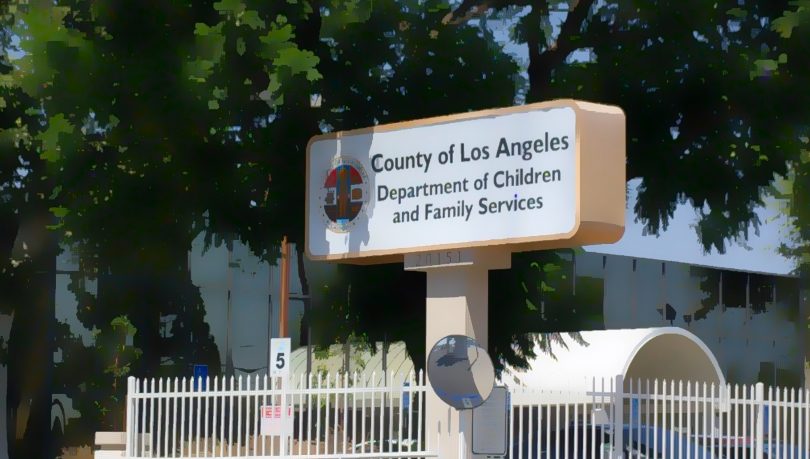On Tuesday, the Los Angeles County Board of Supervisors approved a motion to increase efforts to support young people who are transitioning out of the county’s child welfare system and into adulthood.
The issue is of particular importance because, as the motion states, many youth who are “emancipated” from the LA County Department of Children and Family Services (or probation-supervised foster care) struggle to access housing, employment, higher education, health care, and more.
In 2010, then-California Governor Arnold Schwarzenegger signed a bill that extended the age that foster kids could remain in the care of the county from 18 to 21, in order to improve the poor outcomes of kids aging out of the system. The idea was that the extra three years would provide a transition period for those exiting foster care, who rarely had the same circle of familial support as their peers not involved in the foster care system. Transitioning youth were (and still are) experiencing high rates of unemployment, homelessness, and incarceration, among other problems.
In Los Angeles County, there are approximately 2,000 young adults in extended foster care. (Youth can also choose to leave foster care when they turn 18.)
While the state and county have supports and services in place to help kids succeed, many still fall through the cracks.
In LA County, only 58% of teens in the foster care system graduate from high school, and only 3% graduate from college, according to Alliance for Children’s Rights. And half of young adults who have aged out of LA’s foster care system wind up either homeless or incarcerated.
“We have approximately 800 foster youth who emancipate out of the county system…each year, said Supervisor Kathryn Barger, who introduced the motion with Supe. Hilda Solis. “Their outcomes do not reflect the resources that we have devoted toward supporting their successes.”
The motion directs the county’s CEO in collaboration with the Office of Child Protection to create a multi-year strategy to “support the self-sufficiency goals” of transition-aged foster youth. The CEO and Office of Child Protection will create the strategy by coordinating with all relevant county departments, as well as foster youth advocates, service providers, workforce development programs, and the philanthropic community.
The county must provide “comprehensive programs and services to these vulnerable young people for whom the county has become their de-facto parent,” Barger said. “Starting at the earliest age possible, our system of care must help them meet the four foundational goals of educational attainment, stable employment, stable employment, stable housing, and emotional and social connections to well-being.”
The group is tasked with identifying all existing programs, services, and funding for transition-aged youth, including ineffective programs, gaps in services, and other pitfalls, as well as promising programs to consider expanding.
The CEO and Office of Child Protection must also “identify existing community projects related to [transition-aged youth] and engage the philanthropic community and other community partners that currently have projects, resources, and services in place to include any appropriate County Departments to help maximize resources to coordinate,
integrate and develop promising pilot programs.” The Executive Director of the Office of Child Protection will report back to the board in six months on the progress of the initiative.
“These traumatized young people simply lack the skills and stability to make it without steadfast support and dedicated commitment to their futures,” Supervisor Solis added. Solis said that she is particularly interested in how the county could better serve LGBTQ youth leaving foster care. Nearly 20% of LA County youth in foster care identify as LGBTQ.


I heard on the radio, yesterday, that Baca is in fact going to jail. Is that true?